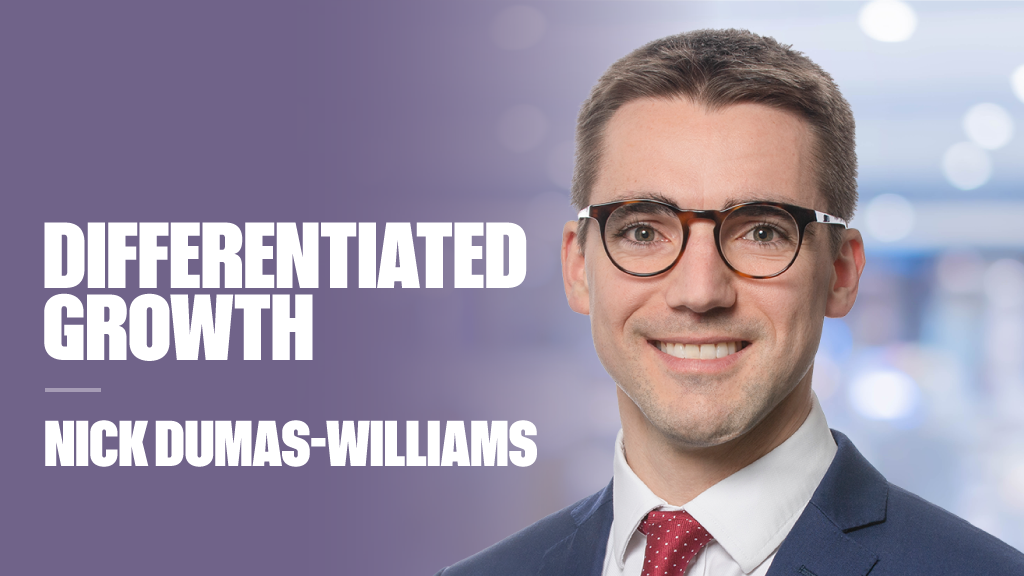The world remains mired in the problems created by excess liquidity, built up over several decades, says Tilney Bestinvest chief investment officer Gareth Lewis. The process of restoring banking sector solvency is inherently deflationary.
Central banks have tried to counterbalance these forces with ultra-low interest rates and QE, but the economic effect has been muted. Its side effects on the other hand have been profound – social dissatisfaction, political instability and capital misallocation. These are the issues with which investors must now contend, he argues.
To some extent, policymakers have started to realise this and talk of fiscal solutions. This will take time, says Lewis, and may also have consequences.
“There is more talk of helicopter money,” he says. “This would probably do what payment protection insurance did and transfer money into people’s pockets, in the hope that they would go out and spend it. The danger is that it will trigger a political backlash.”
In the interim, it means tricky times for risk assets as expectations of a normalised economic recovery look optimistic. For Lewis, it suggests a cautious approach.
He believes the excessive liquidity pre-dates the financial crisis, to Alan Greenspan’s tenure at the Federal Reserve. He suggests this has long created artificially cheap money and rolling events of capital misalignment – the technology bubble, the US housing crisis and so on.










